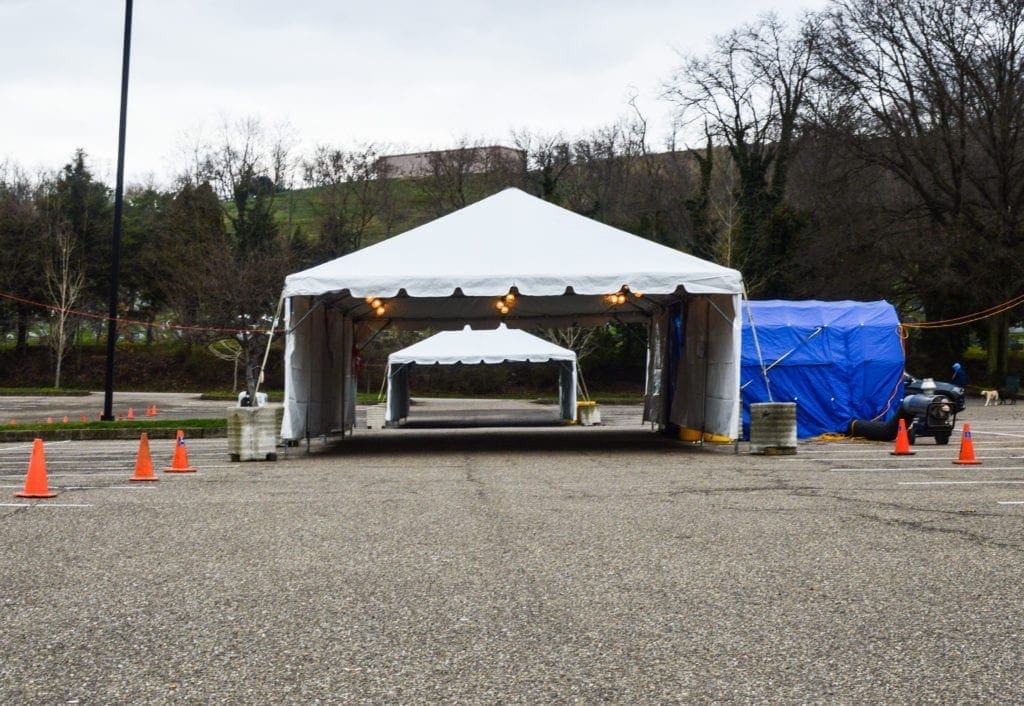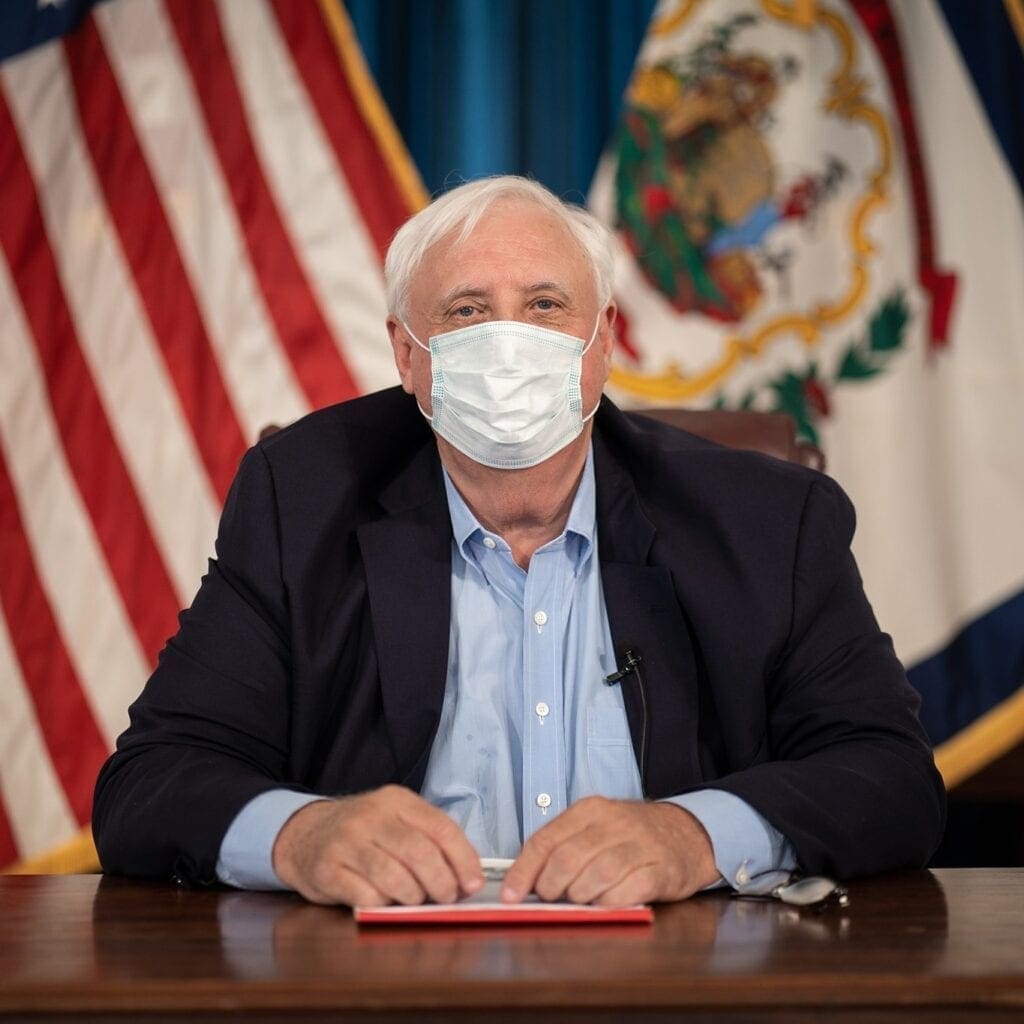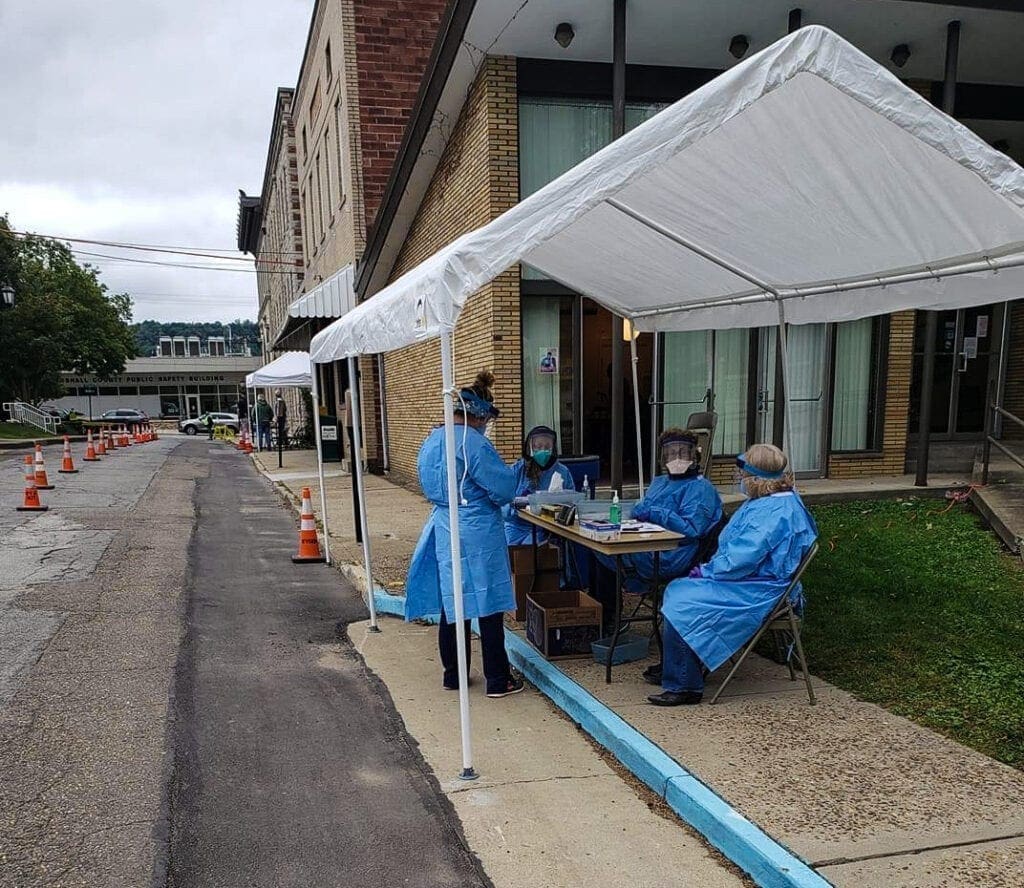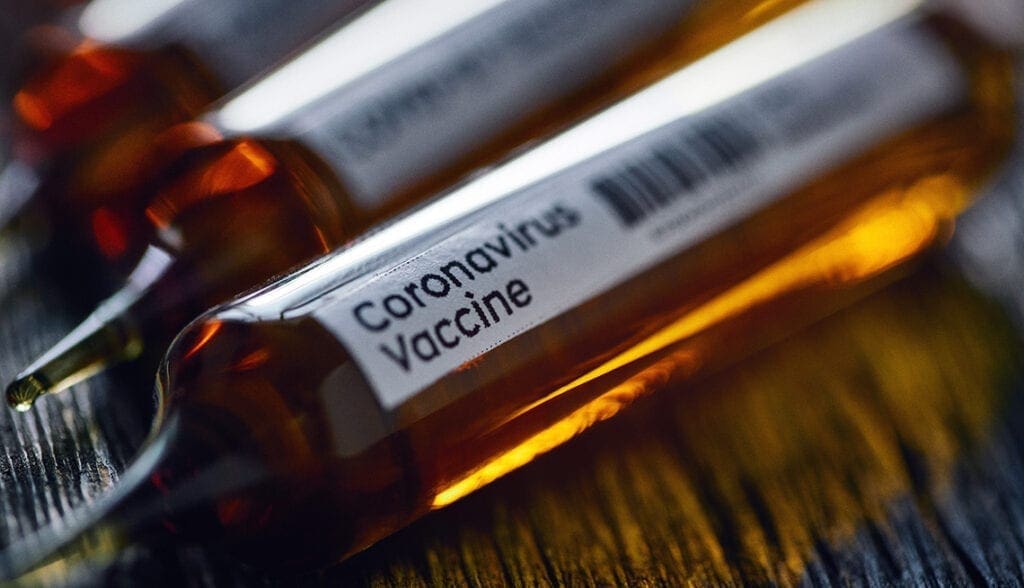In books and movies through the years, we now know a pandemic was not accurately portrayed.
Not even Stephen King got it right with his novel “The Stand,” which was published more than 40 years ago. Those storylines failed to follow a scenario in which debates have taken place about masks, restrictions, and even death tolls. Instead, in the fictional accounts, everyone except for a few were dead in King’s book and in most movies, and the characters went on searches for other survivors.
That has not been the case in 2020. If a movie were made about the past 10 months, the storylines would involve the horrors inside nursing homes and prisons, the painful isolation experienced by children and adults alike, and loss of sufficient education on all levels. Remote learning systems have lost students and their families, the lack of social activity has played on mental health, and the threat of infection has separated friends and families.
Mass casualties and big-dig graves have not taken place in the United States as they have in the fictional tales, but more than 345,000 have passed in the United States after contracting the virus. Small businesses have been decimated, and entrepreneurism may never be the same here in the Upper Ohio Valley and across the country.

Outbreak
It was during the West Virginia Girls Basketball Tournament in Charleston when something called a coronavirus halted play in the middle of first round of games. Initially, maintenance workers at the Charleston arena could be seen wiping down railings, but then Bernie Dolan, executive director of the Secondary Schools Activities Commission, announced a stoppage of play.
The boys’ tournament was next, and all schools were closed, and packet learning and food distribution began. Residents in Ohio and West Virginia were told to stay at home and work from home if possible, and bars were shuttered and restaurants were limited to take-out and delivering services for months before being allowed to open their dining rooms to only 50 percent capacity.
Live music? Forget about it. As explained by those in public health, people linger longer when live music is being performed and, well, that was a no-no, too. All fairs and festivals were canceled, too, and the downtown district fell silent.
We were shut down, and we were made to feel frightened of each other because of a contagion known as Covid-19. Six feet! Wash your hands! Wear a mask!

Flatten the Curve
In the beginning, the number of positive tests most days in Ohio, Marshall, and Belmont counties usually were below 10 and double-digit days made headlines. It was alarming, yes, especially when deaths were reported, but the inconsistencies with the ways information was distributed by county health departments were frustrating, too.
For example, the emails sent by the Wheeling-Ohio County Health Department reported the number of positive cases, new associated deaths, and a running count for both. But for several months, the emails from the Marshall County Health Department offered the same information but also included the genders and ages of those who had passed away.
That practice, however, ended once Marshall County turned “red” on state virus maps because of the amount of testing and the distinct increases in deaths.

“There’s just not enough time in a day,” explained Mark Ackermann, the threat preparedness director in Marshall County. “By the time we conduct the final test, we’re beat and ready to go home.”
There have been three spikes in positive cases, including the first few months, during June and July, and the current, alarming increase that’s taken place since October. On Sept. 30, 377 positive cases and seven deaths had been recorded in Ohio County, and Nov. 1, health department administrator Howard Gamble reported 18 new positives, 639 total cases, and the ninth death.
There were 35 new coronavirus cases in Ohio County on Dec. 1, and the spread had reached to 1,714 residents, and the number of deaths doubled to 18. The update distributed by Gamble on Dec. 29 indicated 32 new positives, a 2.606 total, and 40 associated deaths.
That means since Oct. 1, more than 2,100 Ohio County residents have contracted Covid-19, and 33 have passed away.
In Belmont County, as of last week, more than 3,300 COVID-19 cases had been confirmed and 63 associated deaths had taken place.

Dose After Dose
The first shipment of the Pfizer vaccine arrived during the second week of December, and West Virginia has been a national leader with the rate of inoculation. On Monday, residents and staff members of Good Shepherd and Welty nursing homes were vaccinated, and the process will continue at similar facilities in all local counties in the Upper Ohio Valley.
The vaccine’s arrival has been dubbed the “light at the end of the tunnel,” but there really is no guarantee it could prove true in 2021.
“It’s going to depend on how many people get vaccinated,” explained Lou Vargo, director of the Ohio County Emergency Management Agency. “We’ve done well getting the vaccine to the font-line medical workers and first-responders, but it’s when it becomes available to the general public when we’ll really know.
“That’s true here in the Northern Panhandle and in East Ohio, as well, but it’s also true across the country.”


